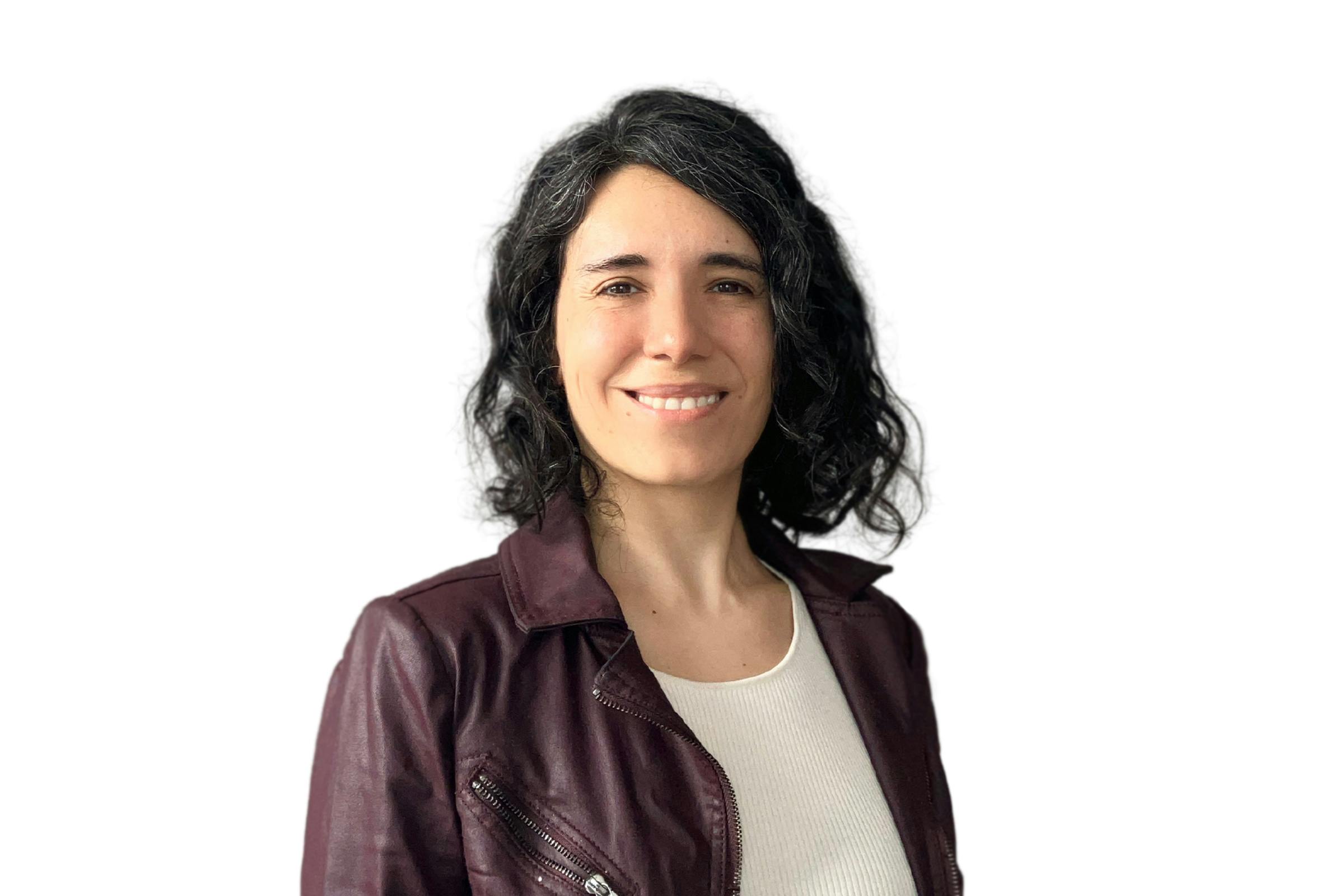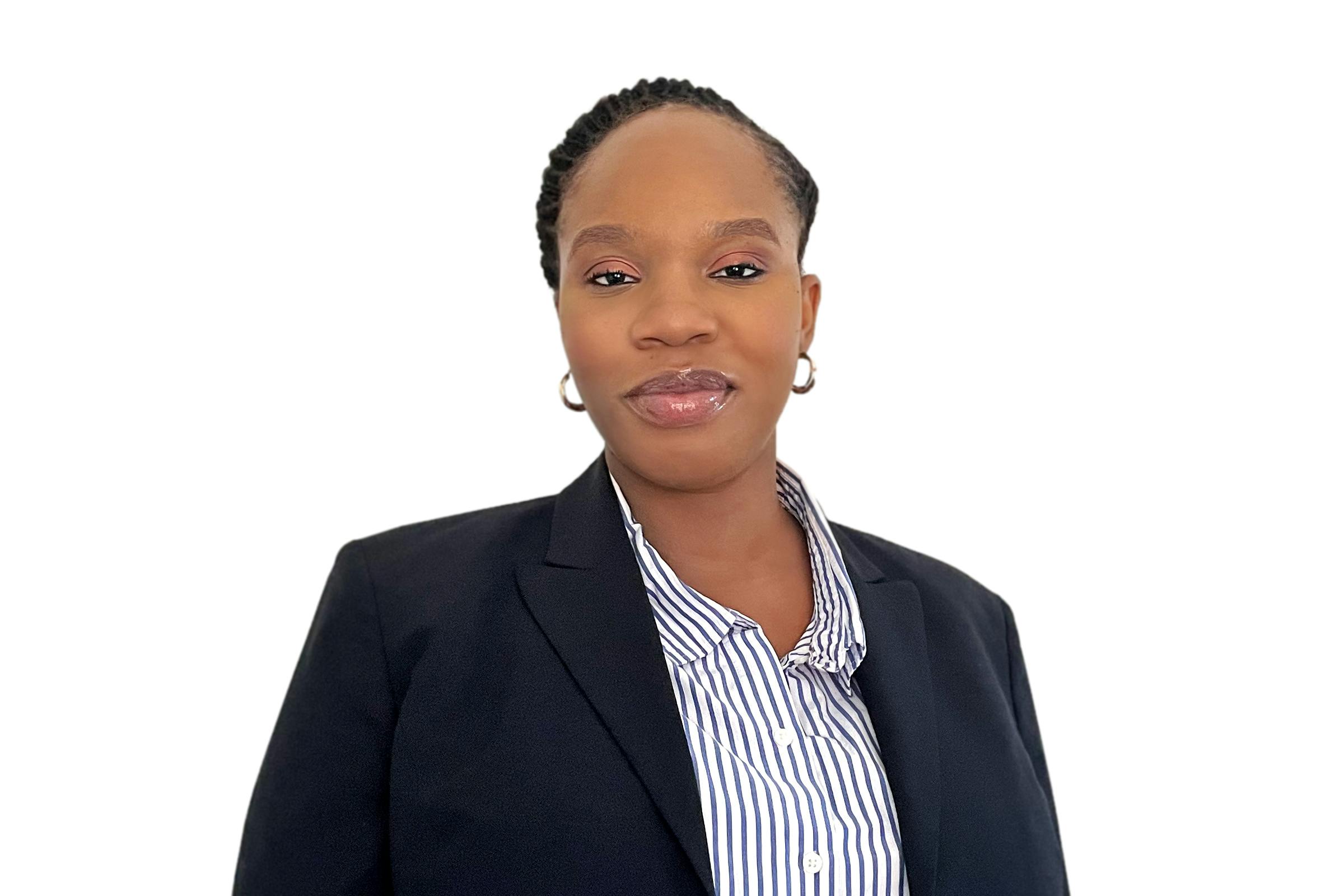The Trump administration’s cuts to the U.S. Centers for Disease Control and Prevention are threatening anti-smoking efforts both in the U.S. and in some of the world’s poorest countries by disrupting youth tobacco surveys and slashing prevention programs just as new nicotine products flood the market.
Last month, the administration axed the CDC’s Office on Smoking and Health, a department that monitored tobacco use across America, led national prevention programs and coordinated a global survey on young people’s use that helps governments around the world evaluate their tobacco control efforts.
Without the funding given by the CDC, some low-and-middle-income countries will no longer be able to carry out the survey, according to the World Health Organization and government officials in Chad and Malawi.
The future of a similar survey of tobacco use among American youth also appears to be in jeopardy after a federal five-year contract to conduct it was terminated in recent weeks. This comes as states fear that they will lose around $90 million in annual support dispensed by the CDC Office on Smoking and Health for tobacco control and prevention initiatives, including running local quit-smoking phonelines.
As tobacco use remains the leading global cause of preventable death and disease – killing an estimated eight million people a year – the World Health Organization warns that the lack of data on youth use of tobacco and nicotine products will leave a “playground” for tobacco companies.
“For me, it is a big win for the industry and it will have a field day in the countries that were relying on the survey,” said Alison Commar, a technical officer at the World Health Organization’s Geneva headquarters.
Smoking rates are rising in a number of countries worldwide including Jordan and Egypt, and advocates fear a new generation will be hooked on new products like heated tobacco, vapes and nicotine pouches introduced by the industry as markets for traditional cigarettes decline.
Brian King, the former director of the U.S. Food and Drug Administration’s Center for Tobacco Products, who was placed on administrative leave by the Trump administration in April, said the cuts were counterproductive to saving lives – and money.
“The math is very simple,” said King, who now leads U.S. programs at the Campaign for Tobacco-Free Kids. “Less tobacco control work equals more tobacco-related disease, death, and associated health care costs.”
‘Existential’ threat to global anti-tobacco efforts
The Global Youth Tobacco Survey and its American counterpart, the National Youth Tobacco Survey, were unique in the level of detail they gathered on young people’s tobacco use and exposure to industry marketing – with later versions tracking adoption of products like e-cigarettes and nicotine pouches – allowing governments to spot trends.
The national U.S. survey was credited with identifying the meteoric rise of e-cigarette maker Juul and an epidemic of youth vaping across America in recent years. The data paved the way for a regulatory crackdown that led to a significant reduction in young people’s use of e-cigarettes.
King said the decline in youth vaping was a “public health success story that would not have been possible without the data to demonstrate where we were, where we are, and where we need to go.”
Subscribe to our newsletter
Global health reporting, straight to your inbox
The U.S. survey results were also used by the FDA to show widespread use of menthol cigarettes among middle- and high-schoolers which helped lead to a proposed ban, which was shelved by the Biden administration and later killed by Trump’s government.
Government officials from Chad and Malawi told The Examination that they wanted to do their surveys within the next year but now won’t be able to do so without external funding. The cuts will hamper their efforts to stop young people using these health-harming products, they said.
Nenodji Mbairo, coordinator of Chad’s National Program to Fight Tobacco, Alcohol and Drugs, said the country was given $15,000 towards survey costs in 2019, which paid for the wages and travel expenses of workers who went out to survey schools – often located in areas far away from the country’s capital.
“Chad is currently going through a financial crisis and certain actions to fight smoking have slowed down,” Mbairo said. “Without funding from partners, the survey will be impossible.”
She said carrying out the survey would have provided data on how popular next generation nicotine products are among teens and whether the country now has a youth nicotine use problem. The survey results could have also helped the government evaluate whether a smoking ban in public places, implemented in 2019, has been effective.
Michael Udedi, a Malawian ministry of health official said he fears that companies selling new flavors of shisha are attracting young Malawians and youth smoking rates could be increasing as a result. He says shisha’s growing popularity among young people, who use it in clubs, is a new phenomenon.
But now, he might not get the data to show whether his suspicions are right.
“The surveys can give us a picture of how many young people are accessing tobacco, and how we can bring in measures to curb tobacco use among the youth,” he said. “If we don't have access to the money then I think that that will affect us.”
The WHO is unable to step in to fill the funding gap left by the CDC, particularly now that the U.S. has refused to pay its annual contributions to the agency, contributing to a funding shortfall of at least $560 million. A WHO representative said the health body will still provide countries with technical assistance to help process and interpret their survey data, as the CDC used to.
For me, it is a big win for the industry and it will have a field day in the countries that were relying on the survey.
Alison Commar, technical officer at the World Health Organization
More than a dozen countries had already submitted their latest survey responses to the CDC’s Office on Smoking and Health for processing – and did not have electronic copies or backups, according to the World Health Organization. WHO told The Examination that it is working to figure out how to recoup the data given the layoffs.
“There’s worry and concern,” said Leanne Riley, head of WHO’s noncommunicable disease surveillance department. “It’s a big effort to do a survey, and when you finish, you have this massive sense of relief, but also anticipation to see the results.”
She said the threat to the future of the global survey in low- and middle-income countries was “existential” for tobacco control.
U.S. tobacco control programs on freeze without new data
In the U.S., advocates are already planning for a future with limited data on smoking rates. Delmonte Jefferson, executive director at The Center for Black Health & Equity said his organization used the U.S. survey data to track the impact of tobacco in Black communities, where smoking rates are higher. Without it, they will need to find other data to advocate for tobacco control policies, he said.
The news of the U.S. survey being terminated comes as state health departments are also reeling from a freeze in funding for tobacco control programs, said Thomas Ylioja, president of the North American Quitline Consortium, a nonprofit that provides support to organizations that run phonelines that help people trying to quit using tobacco, including state agencies.
Federal funds were due to be renewed at the end of last month but, while states can still use any unspent federal money, there has been no mention of continuing the funding, Ylioja said.
Some of this money was used for state stop-smoking hotlines. States are now considering cuts to the service, including restricting it to residents without health insurance, limiting coaching sessions to just one per caller, which would reduce a smoker’s chances of quitting, or cutting back on supplying nicotine replacement therapy, Ylioja said.
The consortium estimates that the hotlines helped more than 175,000 people quit smoking in the past two years.
It is also unclear if a national mass media campaign that encourages smokers to quit and refers them to the stop-smoking hotline, previously funded by the CDC Office on Smoking and Health, will continue past September. CDC researchers estimate the campaign prompted a million smokers to quit and saved billions in healthcare costs between 2012 and 2018.
Twenty state attorneys general have sued the Department of Health and Human Services saying the mass firings are illegal, and will hurt state public health policies, including tobacco control programs. They have asked for a temporary injunction to restore the axed departments before the wider case is heard. At the time of publication, the federal judge on the case hasn’t ruled on the request.
An agency spokesperson didn’t respond to questions, but said in a statement: “HHS is committed to evidence-based public health efforts to reduce tobacco use, especially among youth and vulnerable populations.”
The impacts of dismantling the CDC’s Office on Smoking and Health won’t be fully felt for years, according to one terminated employee who asked for anonymity for fear of retaliation who said, “It’s going to be a tragedy and it’s going to affect future generations.”
The Campaign for Tobacco-Free Kids receives support from Bloomberg Philanthropies, which also provides financial support to The Examination. The Examination operates independently and is solely responsible for its content.



